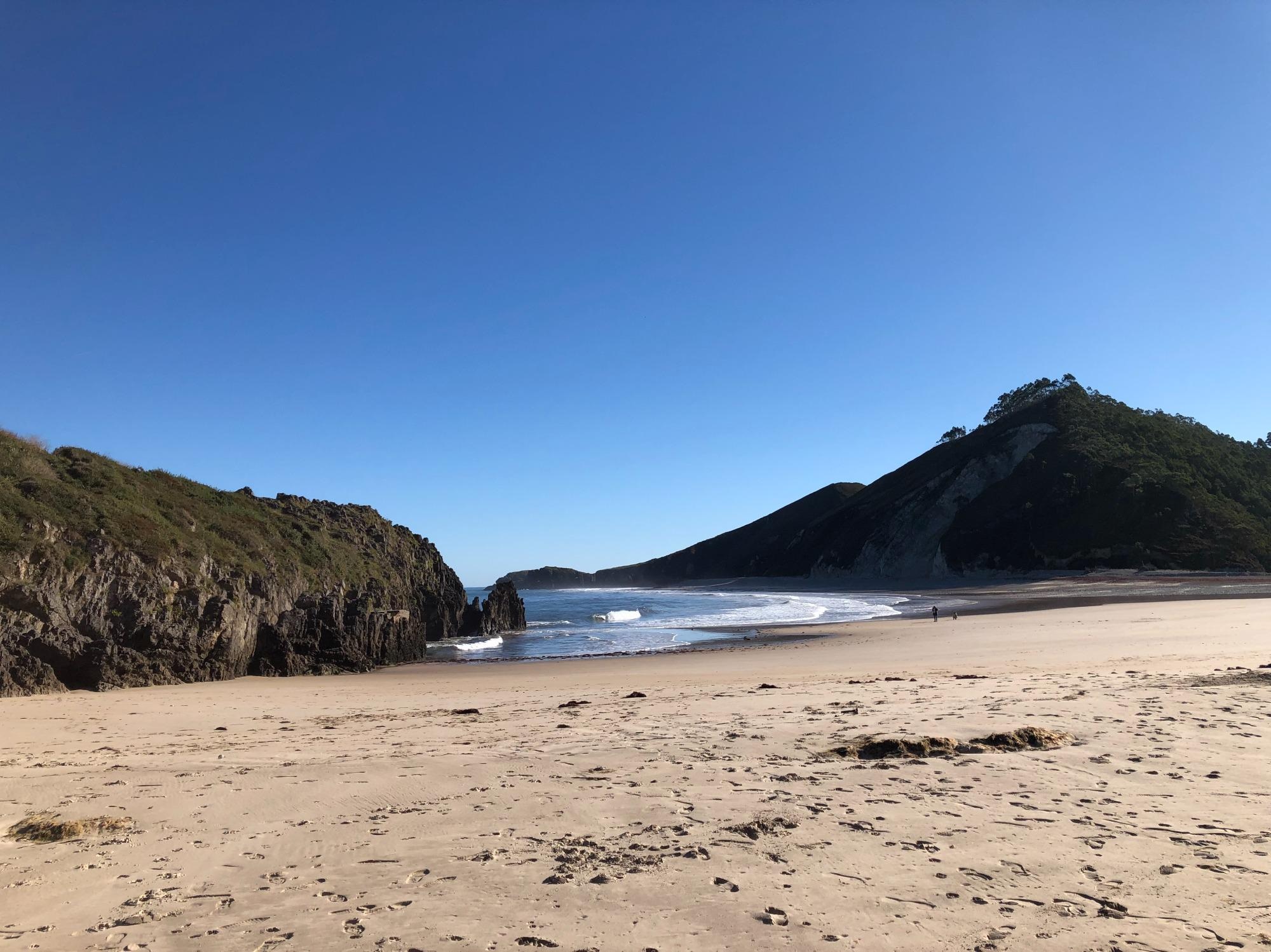Reviewed by Alex SmithApr 25 2022
Present-day worldwide climatic warming will continue to have extensive repercussions for human history, just as that environmental variations had a major impact on human populations in the years gone by.

Image Credit: Universitat Autònoma de Barcelona
The ‘8.2 ka event’ was a period that is recognized as the biggest and most unexpected climatic event in the last 11,700 years, triggered by cool meltwater from North American lakes flowing into the North Atlantic and halting ocean circulation systems. The cooling and drying impacts of this event have been recorded worldwide, including along Europe’s Atlantic coast.
Nonetheless, the sweeping influences of the 8.2 ka (kilo annum i.e., thousand years ago) event on various environments and human societies are habitually assumed instead of proven.
Asier García Escárzaga, current scientist from the Institute of Environmental Science and Technology-Universitat Autònoma de Barcelona (ICTA-UAB) and the Department of Prehistory of the Universitat Autònoma de Barcelona, along with Igor Gutiérrez Zugasti, from the Universidad de Cantabria (UC) led the study which was published in the journal Scientific Reports.
The research was coordinated by the Max Planck Institute (Germany) and the Universidad de La Rioja (UR) together with members of other academic centers (Max Planck Institute, University of Burgos, Universidad Complutense de Madrid, and the University of Faro).
The research utilizes an interdisciplinary toolkit of archaeomalacological studies and stable oxygen isotope analyses of shell remains retrieved from the shell midden site of the El Mazo cave (Asturias, N Spain).
With a long stratigraphic sequence of 1,500 years, El Mazo is a distinctive context along the European Atlantic coast, with a particularly high chronological resolution of each archaeological layer. The findings obtained by these researchers enabled them to establish that colder seawater temperatures, inferred from steady oxygen isotope values measured on marine shells, resulted in variations in the availability of various shellfish species.
For example, one of the most frequently consumed species, the warm-adapted species P. lineatus, reduced when the 8.2 ka event occurred, while populations of cold-adapted P. vulgata, another frequently consumed species, grew.
Interestingly, the warm-adapted limpet P. depressa also grew during this cool event, because of a higher resistance to cold temperatures compared to other warm-water species.
Their findings also exposed an increase in the escalation of mollusk exploitation by humans, as shown by a drop in average mollusk size and evidence for more harvesting in further dangerous coastal regions.
The researchers debated that this happened due to human demographic growth in these Atlantic coastal surroundings which served as refugia during this cold event, boosting populations to shift there from further inland.
However, populations close to El Mazo succeeded in avoiding overexploitation of their coastal resources, as average mollusk size hardly ever dropped below 20 mm, the minimum size indicated by modern protocols to ensure the long-term survival of species.
Our results suggest an ongoing application of local marine ecological knowledge by some of the last foragers in western Europe, despite major changes to climate and demography.
Asier García-Escárzaga, Study Lead Author, ICTA, UAB
The resolution offered by the combination of geochemical, taxonomic and chronological examination of mollusks from archaeological sites has huge implications for other studies aiming to establish the implication of climate change on marine locations and can offer comprehensive clues to the nature and magnitude of future climate changes and their influences on human communities.
Journal Reference:
García-Escárzaga, A., et al. (2022) Human forager response to abrupt climate change at 8.2 ka on the Atlantic coast of Europe. Scientific Reports. doi.org/10.1038/s41598-022-10135-w.